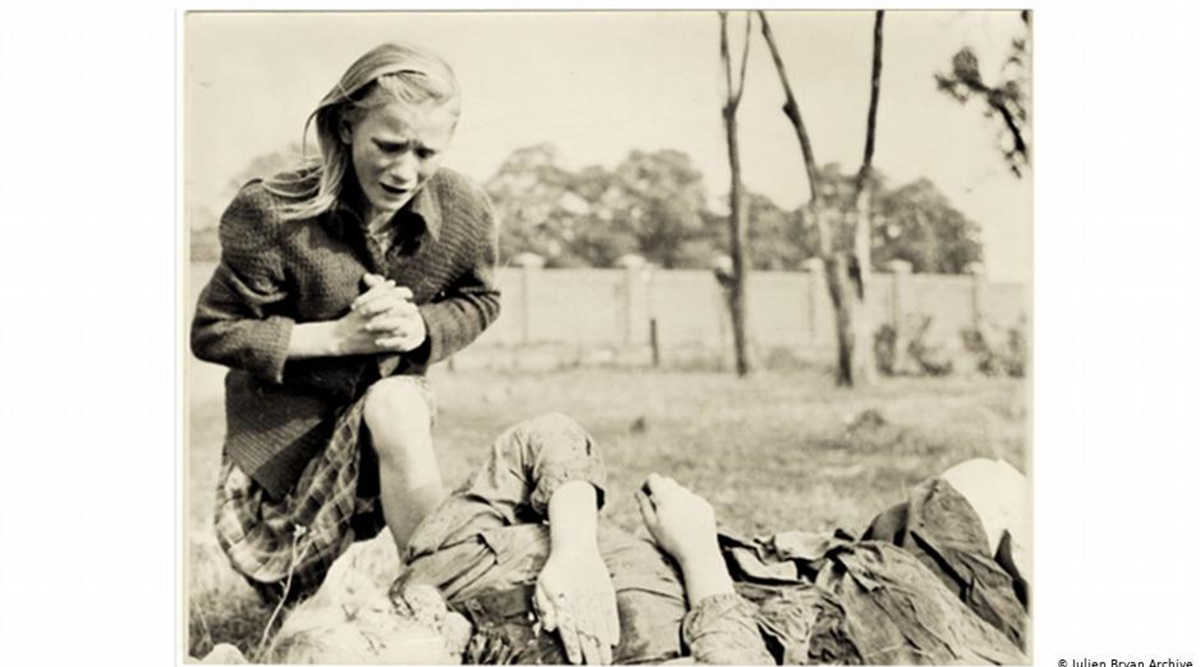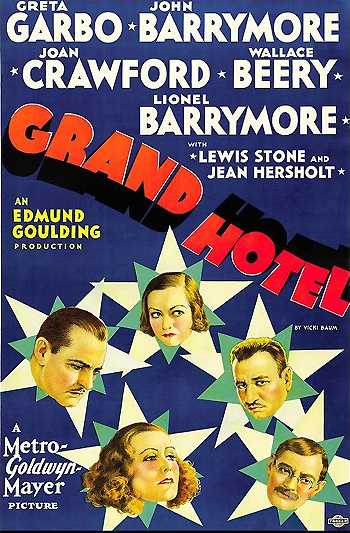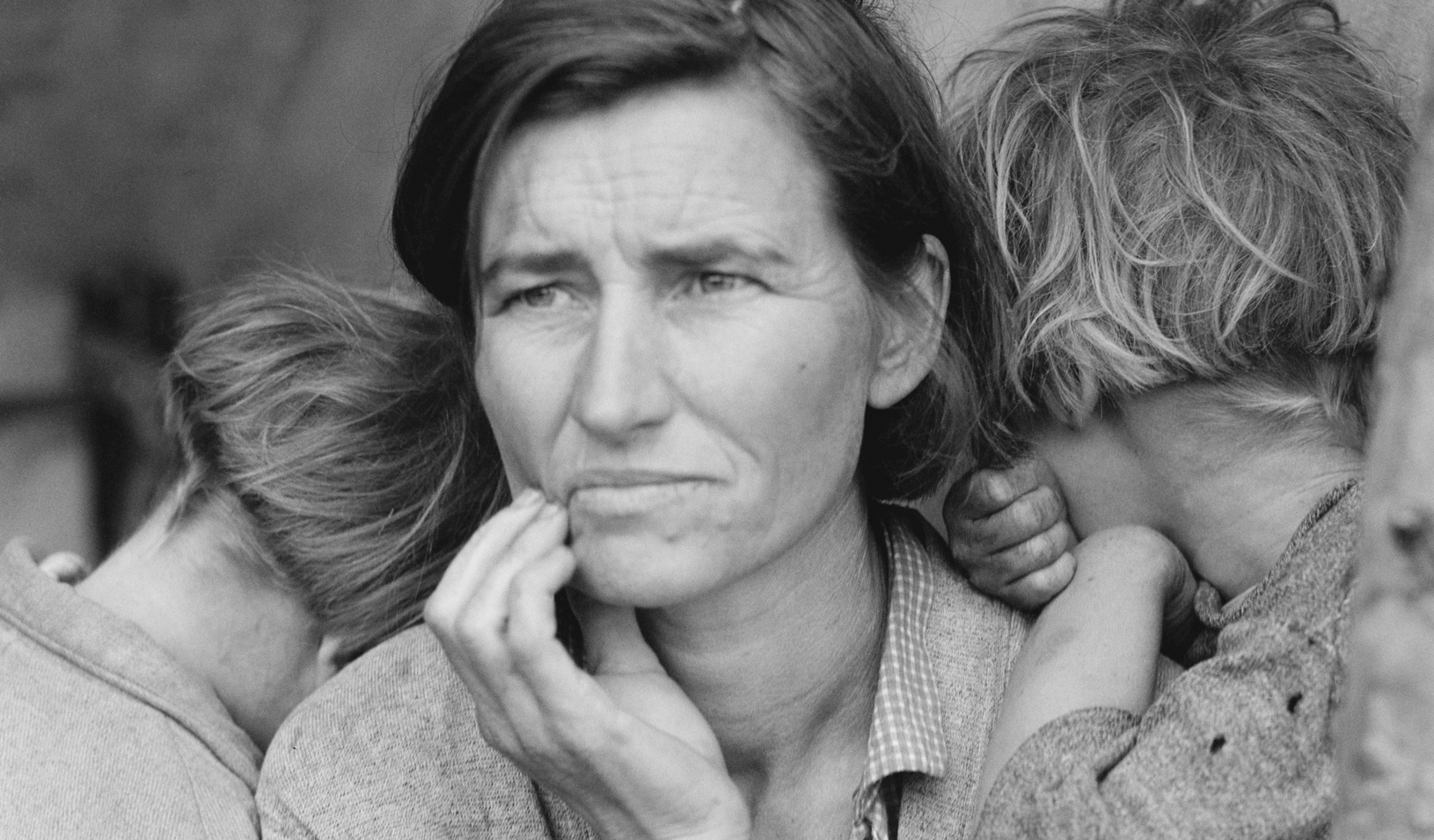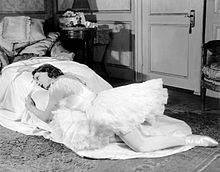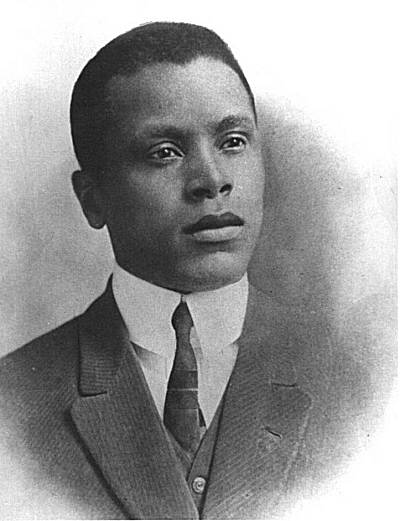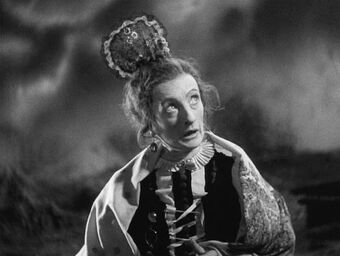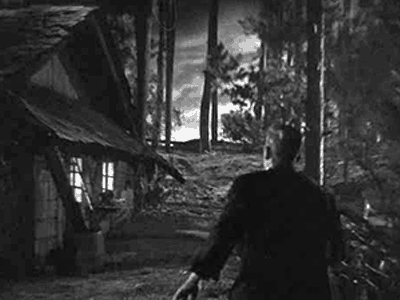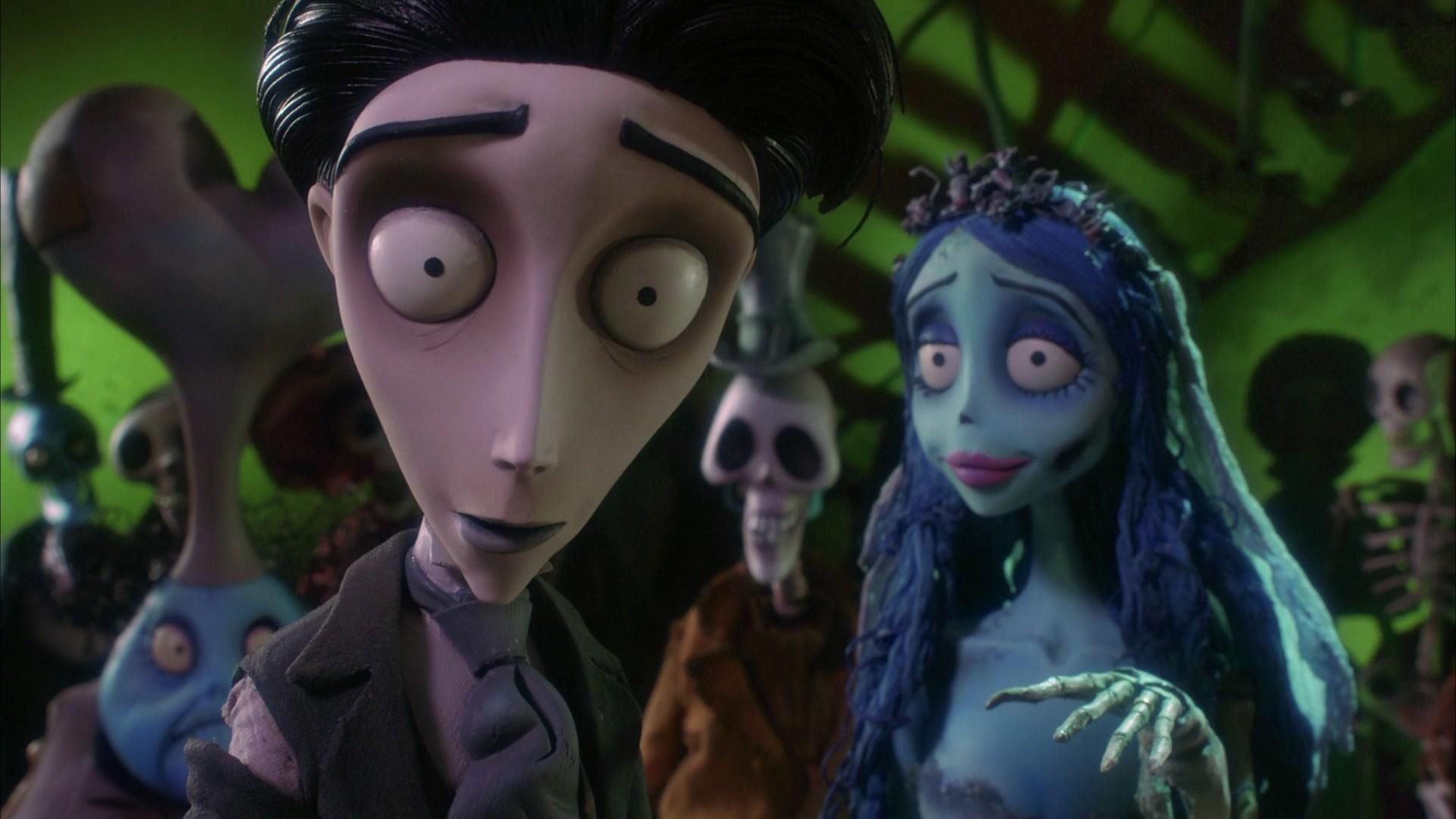Hello there again everyone! I am sad to announce that this is indeed our last blog of the semester. Don’t you worry though. Mega blog has twice the amount of fun stuff for you to read! Now, let’s begin shall we?
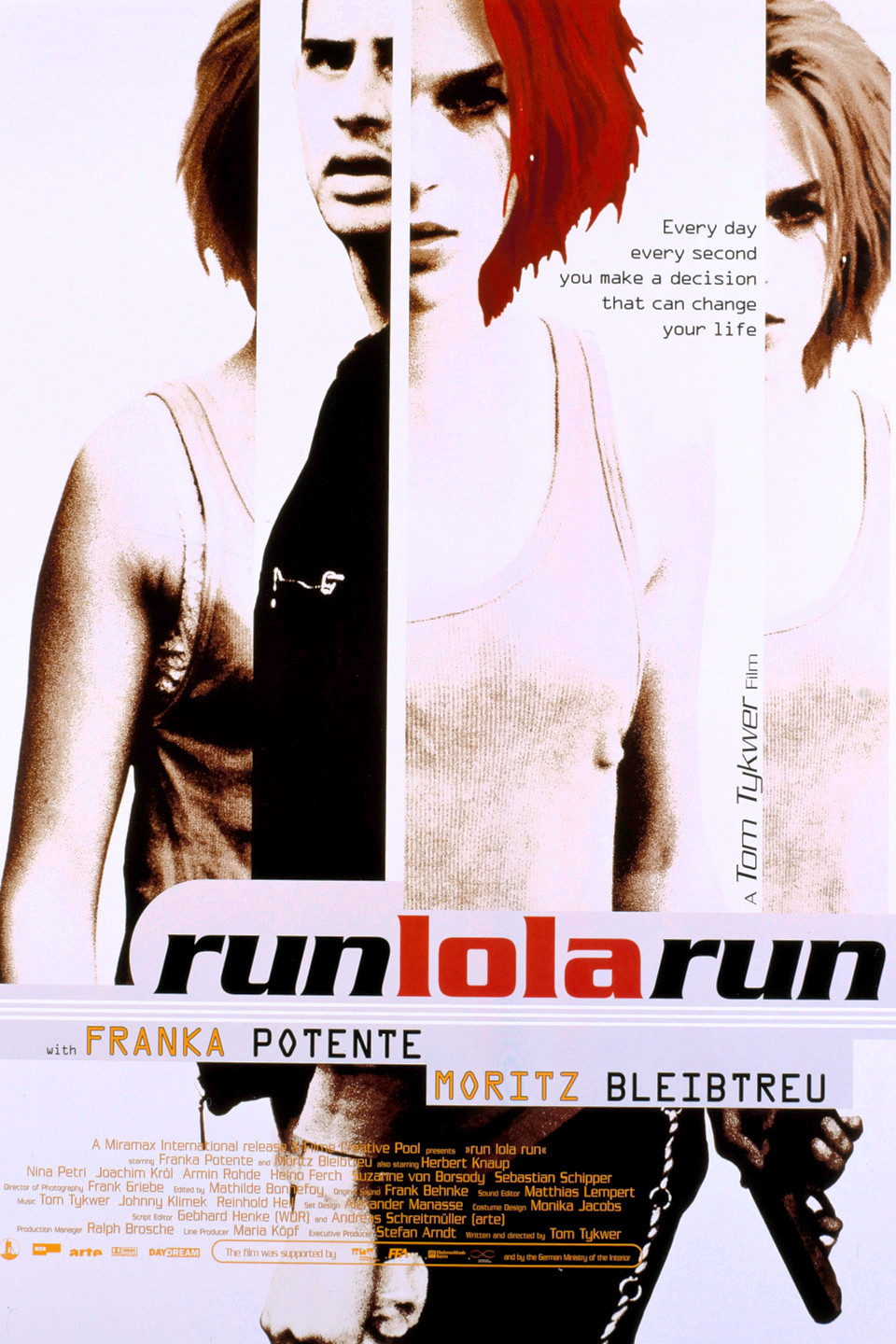
Run Lola Run, directed by Tom Tykwer in 1998, is a movie about a boy in trouble, a girl trying to help her boyfriend, and a race against time. So much happens within Run Lola Run it’s slightly hard to keep track of. First off, the movie replays itself twice which allows us to watch three different scenario’s. I was thoroughly confused when the movie had started to replay and go through everything all over again because they don’t really tell you how she’s able to do that and it more so just kind of happens. The changes for the three scenarios are not very drastic but allow each of the scenarios to end up with completely different endings. The first being Lola getting shot, the second being Manni getting run over, and the third being Manni getting his money back (happy ending). When watching this film I thought of two things: the butterfly effect and the film Hush.
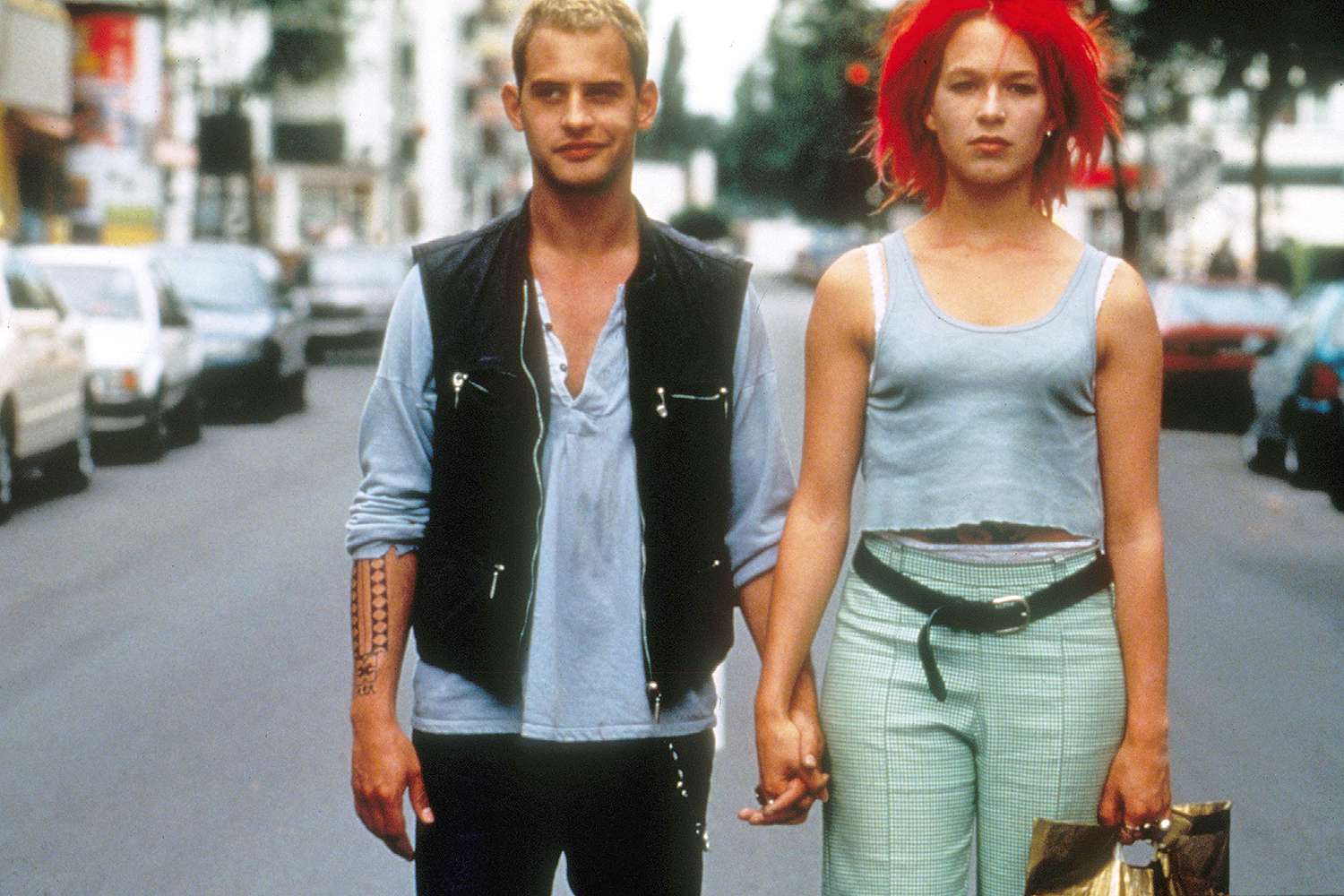

The butterfly effect is a well known theory that basically states that the flap of a butterfly’s wings in one place can eventually cause a hurricane/big event somewhere else. Lola, is essentially the “butterfly” in the film. Within the last two scenario’s she changes something small, usually starting with the way that she is running down the stairs. This can be Lola’s “flap” or “flutter” that changes the way the events happen. Let’s switch gears and talk about Hush. In the film Hush, a girl who is deaf ends up fighting for her life when a random guy decides that he just wants to murder her. The reason that I thought of Hush when watching Run Lola Run is because of the replaying of scenes. In Hush, the main character plays out her options in her head very vividly. Of course, the first time it happens you don’t know that it’s just in her head so you’re very relieved to see her still in the house afterwards. I couldn’t find a clip of these scenes in Hush so hopefully most of you have seen it before and/or know what I’m talking about. Anyways, I believe that Lola uses a similar tactic the the main character in Hush. Because we know this movie is not about time traveling we can assume that Lola did not actually go back in time to change the outcome of the movie. It is more likely that Lola thought these situations through in her head and the chose the best one. However, we will never truly know how Lola managed to do what she did. There is not an explanation for it in the movie so we just kind of have to wonder if Lola is a time traveler or just a very vivid thinker.
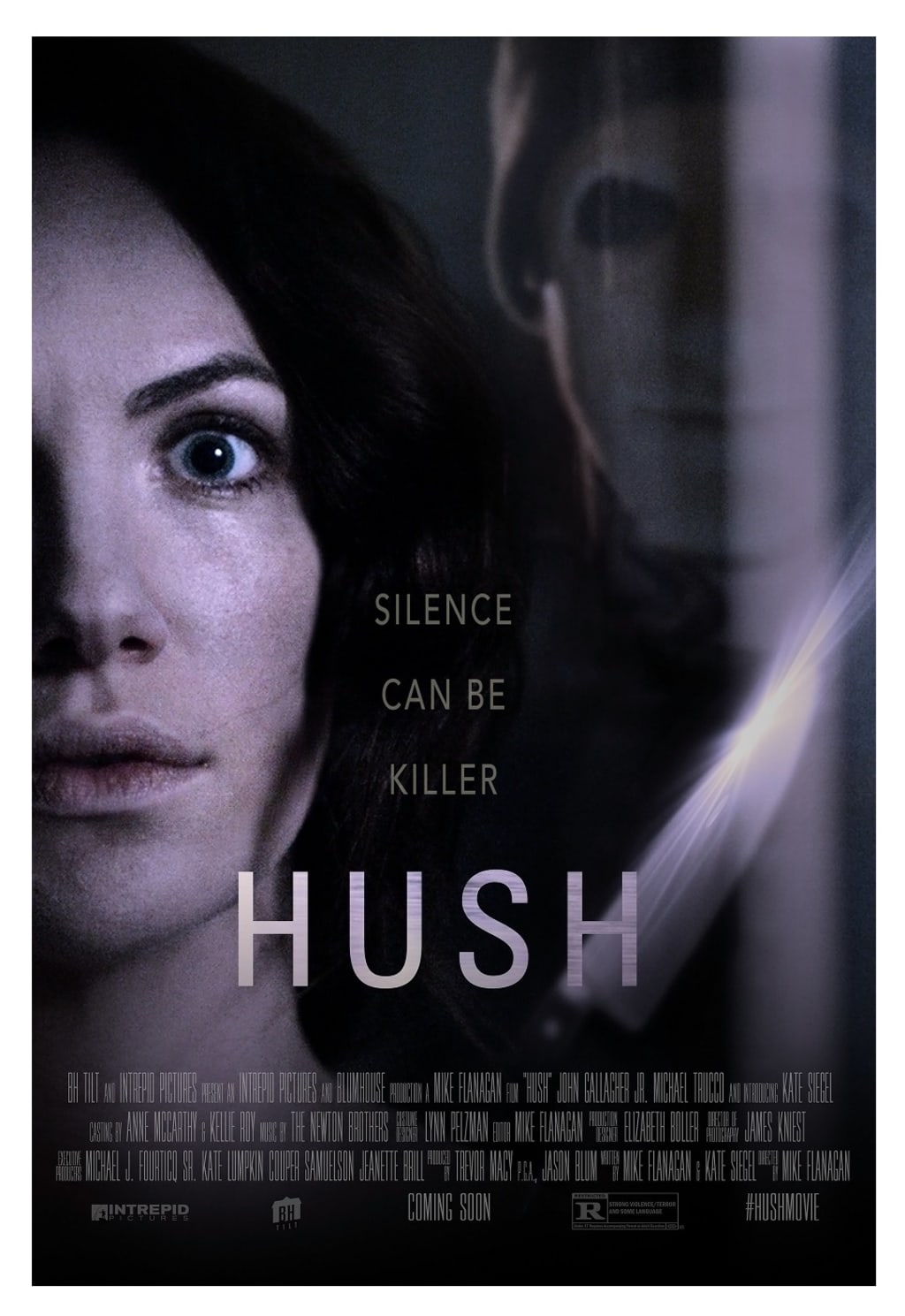
As a senior, this semester has been nothing but chaos to get what I need to get done. I have definitely shed tears and had many crisis. However, this class did not contribute to the bad times. Through this class I have learned so much about film and a lot of the history behind certain time periods. From Sunrise, to The Bride of Frankenstein, to Bonnie and Clyde, and many others. This class has been nothing short of an exciting trip through the years.
When we first started this semester, we would look at the earliest films, like The Great Train Robbery, and how they were really short, skipped from scene to scene, had very still shots. There was no panning like we know it to be today. As we progressed through the years, we got to see how film was changing. How instead of sets they worked outside, or instead of still shots they learned to pan the camera so that it as if we are turning our heads to keeps the characters in our sights.

We also started to see more transitions happening. When watching Sunrise by Murnau, as I mentioned in my very first blog, I was very impressed to see that the picture of the train in the very beginning of the movie turned into the actual train in the movie. We had just looked at the early films and it was a treat to see that they were already progressing that much.
One thing that has been made prominent from the very beginning of the class all the way up until now is that sound, or the lack of it, is detrimental to films. When silent films were around the actors had to act not with words but all through expression. You know that saying “a picture is worth a thousand words”? Well, a silent film is worth a million words. The non-existent voices in the films did not mean that the films were bad or “flops”. It just made the movie that much better. instead of hearing of a characters sadness you truly got to feel it through their expressions.
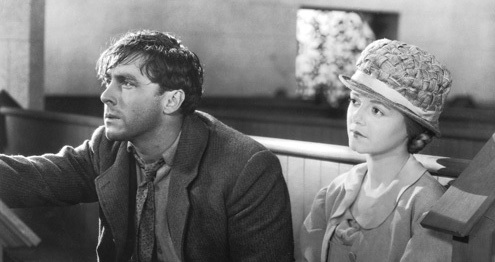
Let’s not forget about my favorite part of sound. The part of sound that has been there since the beginning. Whether a silent film or a talkie. You know what it is. MUSIC! Music absolutely pushes films over the edge and back again. I believe that music is one of the biggest components to making a successful film. In the blog previous to this one I probably spent half of my time writing about how beautiful and important the music was for the film Diva which was directed by Beineix in 1981. *Inserts same clip from last blog because we need to appreciate this beauty at all times*
Music does so much for films. It helps to guide the viewers emotions. It can make you feel happy, sad, nervous, excited, pretty much everything under the stars. With each week I looked forward to all of the films music and what it had to offer me.
Another big thing for me was how I could relate the films we were watching to other films, shows, or directors. Before taking this class, I had little to no knowledge about just how impactful earlier films were on the media today. I loved finding clips of a show recreate or mention something about the movie we had just seen (shout out the my Jaws blog cause that Bob’s Burgers episode was genius).
I know I am not alone in this either because I had great joy in reading my fellow peers’ blogs and seeing them also link the movies to things from their life.
Overall, I have been taken on a journey through time through films and I could not be more grateful. I really do have a new found appreciation for films and the work that goes into them. Thank you to Schlegel for being an awesome professor and to everyone else as well. Those blogs are awesome and never fail to give me a chuckle. This is Mayline signing out *plays AOL logging out sound*



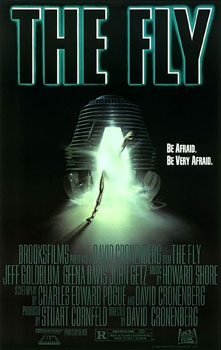


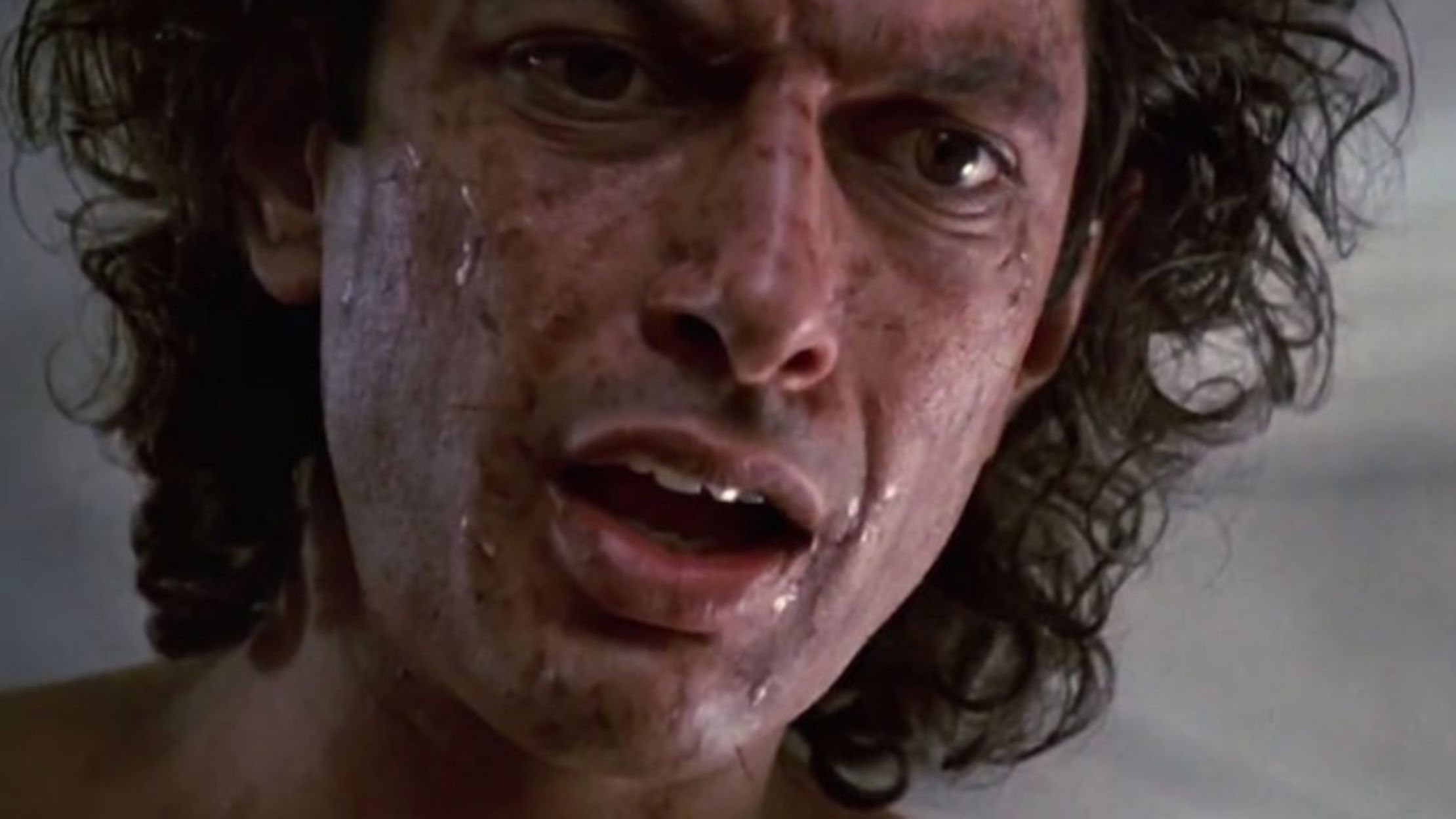






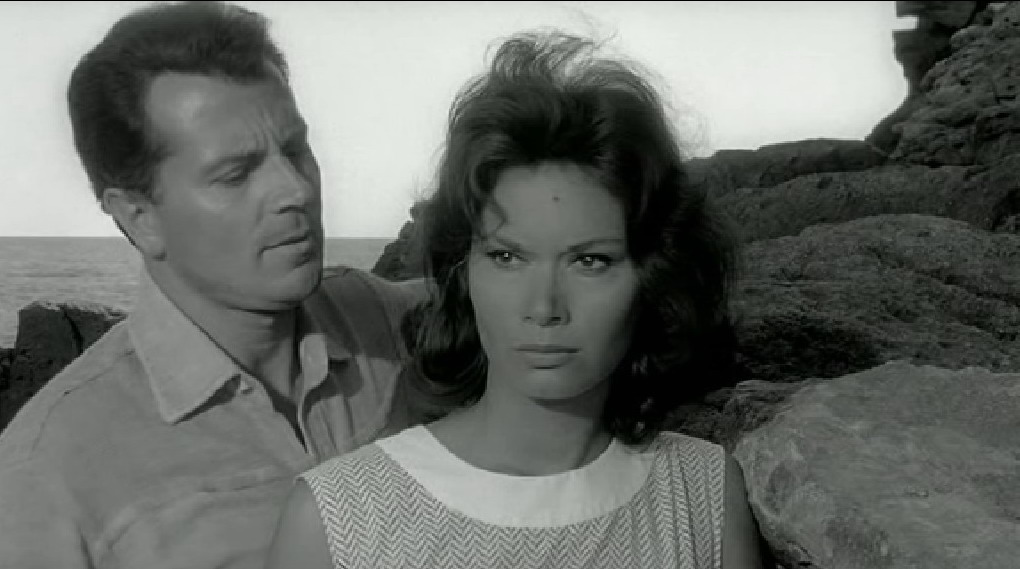
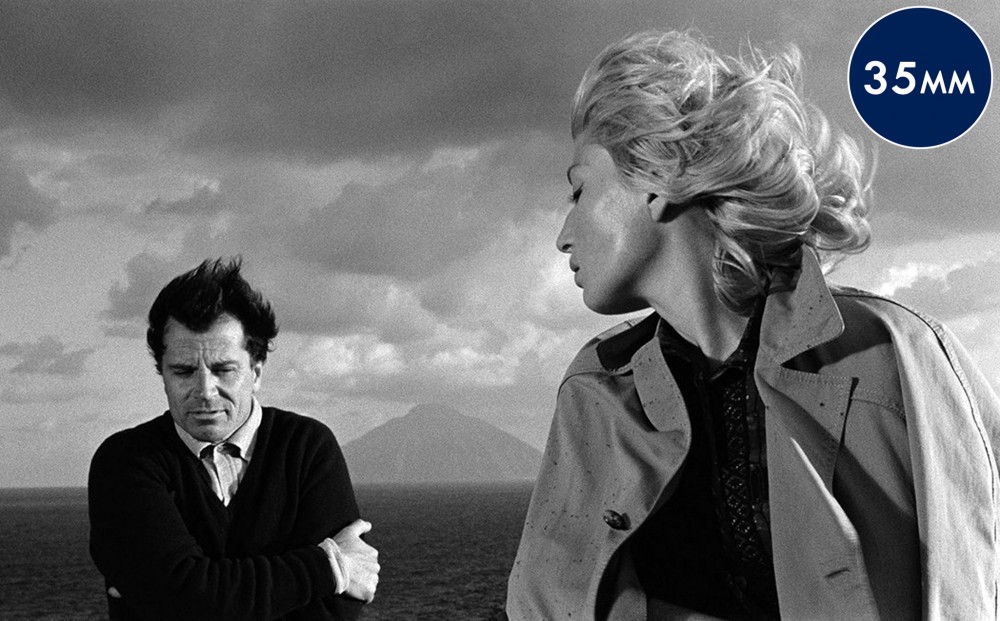


![Amazon.com: Wild Strawberries (Criterion Collection) [Blu-ray]: Victor Sjostrom, Bibi Andersson, Ingrid Thulin, Gunnar Bjornstrand, Ingmar Bergman: Movies & TV](https://images-na.ssl-images-amazon.com/images/I/8179gRBZqEL._SL1500_.jpg)








